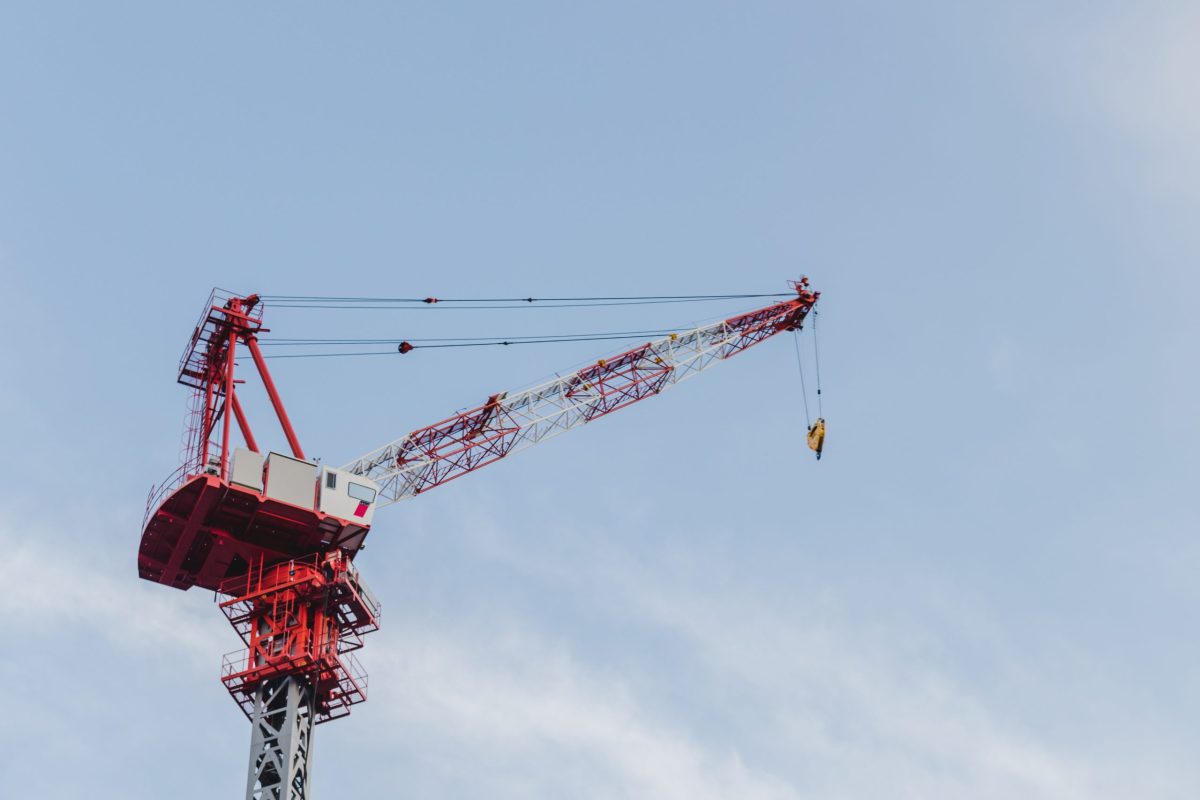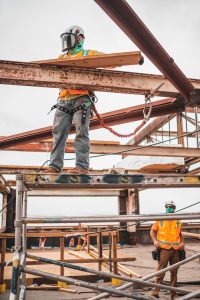Work at heights needs to be carried out occasionally. Roofing needs to be replaced, windows need to be cleaned, and walls need to be painted, and then there is construction work. Working at height is hazardous for workers, and correct precautions need to be made to protect them.
Falling From Heights
Working heights refers to work that could lead to a fall that incurs a personal injury. Personal injuries can range from minor bruises or near-fatal accidents; of course, falling from a height can also cause death. A height is defined as an elevated place above the ground level or basement.
One of the most common hazards of working at heights is falling. Falls can happen for any number of reasons; it could be weather related, due to working conditions, or concentration issues. In any case, health and safety procedures are needed to prevent the serious falls.
Dropping Equipment
Along with falling, dropping equipment is a serious issue when working at heights. Dropping equipment, such as paint pots, building materials, construction equipment, and accessories, can distract workers on the job and cause serious injuries to anyone at the ground level underneath.
Depending on what has fallen, someone might encounter an injury that ranges from mild to severe. For this reason, construction companies need to have insurance as well as suitable health and safety protocol and training. Dropping equipment is second to falling from heights.
Mistakes With Ladders
Ladders are often used when working at heights, but unfortunately, mishaps and mistakes with ladders are extremely common. Ladders can be hazardous for workers operating at heights; they might slip on the ladder when climbing or be left stranded when the ladder strands them.
Companies using ladders for maintenance and construction projects need to make sure they are using the right ladders for the job; they also need to ensure that workers understand how to use the ladders and that ladders are in the best condition. Ladders need to be properly secured.
Poor Equipment Storage
Carrying out maintenance and construction work is inherently hazardous and needs to be set up correctly. It can be easy for workers to get on with the job without taking the health and safety of the area seriously, but this lack of attention can also lead to slips, trips, falls, or litigation issues.
Workers need to be trained to carry out work safely at heights and how to operate equipment safely, but storage is also important. When equipment on the floor is not properly stored, workers and others in the area can trip and injure themselves on stray clutter and equipment.
Unguarded Openings
When working at heights, it’s important to assess the site before the work is carried out and make changes to the site to support worker safety. Unguarded openings are a perfect example of this process. Unguarded openings are gaps in the footing that create a hazard at a height.
It’s essential to consider any unguarded openings before any work is carried out. These gaps and spaces in the footing can be protected using planks and boards that make the site safer and protects workers from injuries. Again, site management from the start reduces hazards.
Fragile Surfaces
Scaffolding is essential when working at heights, and while it can make a site safer, it can also make it more hazardous. Scaffolds need to be set up safely and built for the purposes of the job. Unless a scaffold is erected safely, there is a chance it will collapse or be hazardous and fragile.
A scaffold is necessary, but it needs to be reliable. Workers on scaffolding are relying on the steady footing and scaffold that stands up to the weather and unexpected shocks. Before work is carried out, scaffolding should be carefully inspected, and safety checks are to be carried out.
Poor Edge Protection
Edge protection is used to prevent falls and injuries at heights; it can be a permanent or temporary fixture on the building. Edge protection should be considered when carrying out work at heights, and if there is no appropriate edge protection, additional edging should be installed.
Inadequate edge protection can result in fatal falls from heights during construction and maintenance projects. Where there is inadequate edging, temporary edging can be installed. Edge protection can be made from timber, steel, or concrete to protect construction workers.
Conclusion
Although working at heights is hazardous, there are plenty of ways to reduce the risks and protect workers and others from injuries. It’s important to understand the job and its context before organising the site for safety. Health and safety are also needed for insurance purposes.








